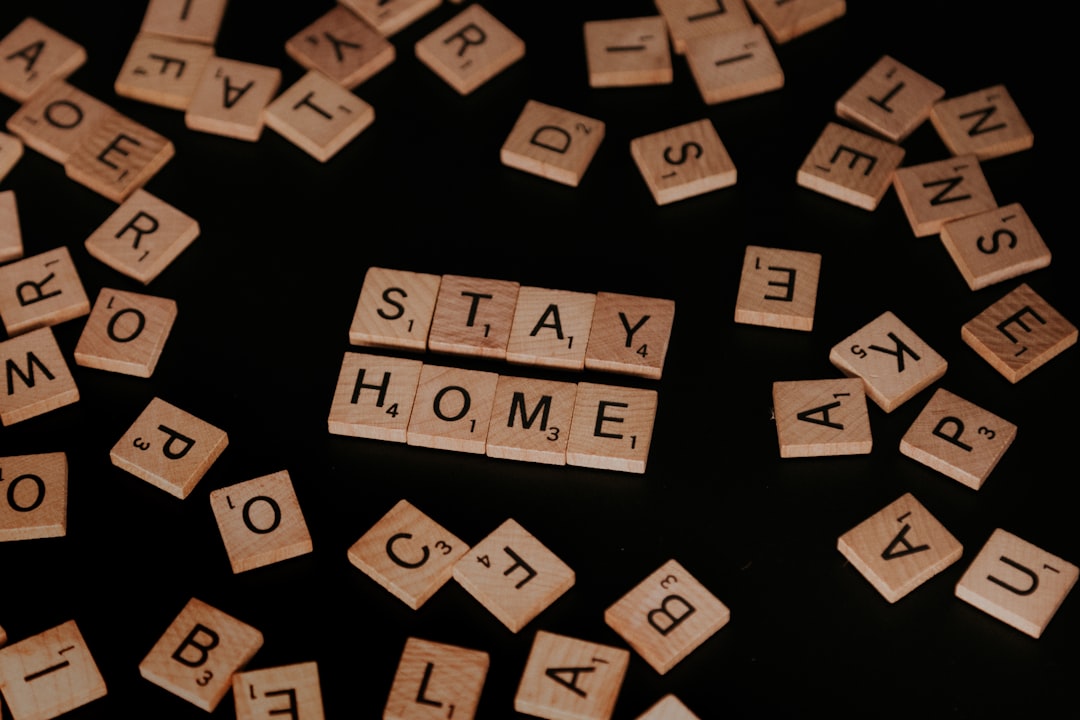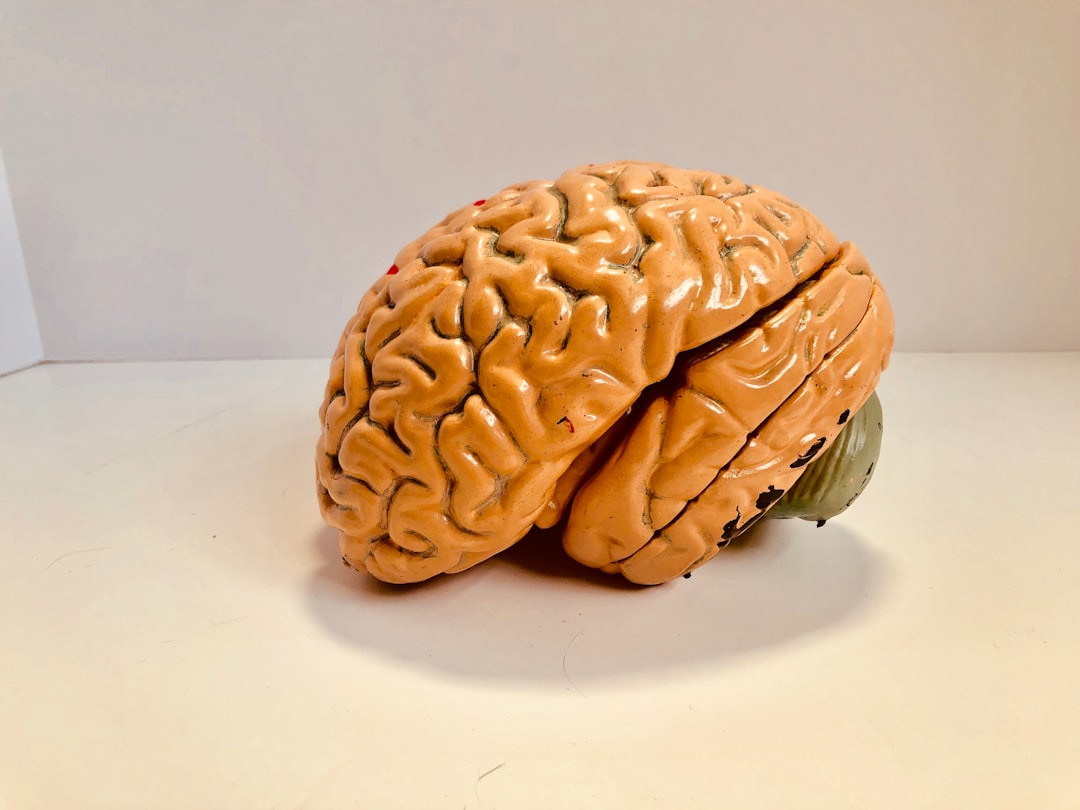What is it about?
When using the multisystemic therapy (MST) model with families and adolescents, it can be difficult to connect with adolescents and their families while simultaneously using action-oriented interventions. Incorporating art into action-oriented interventions puts the intervention into the language of the client and family to open up the conversation and facilitate communication for long-lasting results. This paper provides multiple examples of expressive arts in traditional MST interventions. Included is a case example of successful use of expressive arts in MST.
Featured Image

Photo by Debby Hudson on Unsplash
Why is it important?
MST is often a heavily structured and seemingly prescribed model that is difficult for both therapists and families to connect to and feel meaningful. By using expressive arts, the therapist is able to use the language of the client and family while building and modeling coping skills for both the adolescent and family.
Perspectives
Writing this article was a great pleasure as I have drawn from my own professional experience working with MST in a nationally known, nonprofit mental health agency. I was able to connect my own experience to the literature and hope to support other MST providers to allow for creativity in MST. It is my hope to further this article into future research projects.
Jennifer Deaton
University of South Carolina System
Read the Original
This page is a summary of: Integration of Expressive Techniques in Multisystemic Therapy With At-Risk Adolescents: A Retrospective Case Analysis, The Family Journal, December 2018, SAGE Publications,
DOI: 10.1177/1066480718819873.
You can read the full text:
Contributors
The following have contributed to this page










